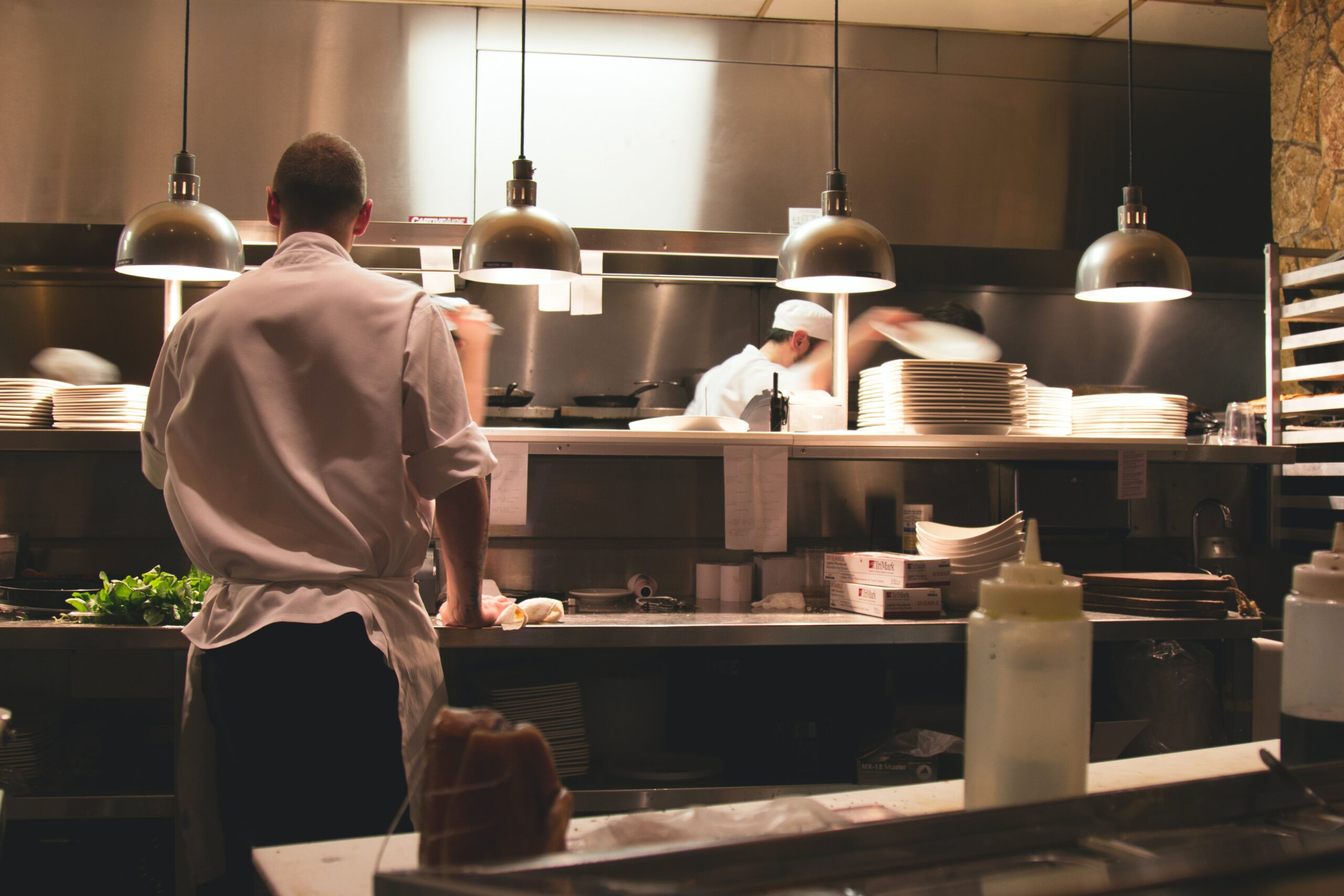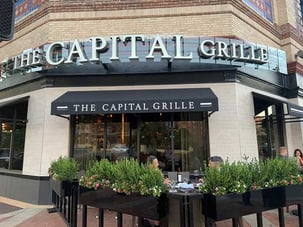
The food industry has undergone a dramatic – and permanent – global transformation in recent years, particularly when it comes to food delivery services.
The demand for at-home delivery has ushered in a golden age of delivery service; reports show that third-party apps like Uber Eats, DoorDash, and Grubhub have grown 300% faster than dine-in over the last five years. As far back as 2016, studies demonstrated the average American orders out at least once a week, while more than 20% of Generation Z orders delivery more than three times a week. The events of the past year have only served to quicken and cement this delivery revolution.
What is a ghost kitchen?
One development from increased remote demand is the ghost kitchen, otherwise known as a virtual restaurant. Ghost kitchens are loosely defined as facilities in urban environments that sell and fulfill online food delivery orders through third-party apps.
Ghost kitchens provide several benefits—primarily an increased proximity to customers. Ghost kitchens also offer heightened quality of food and convenience for both seller and patron, as outsourcing these orders means less pressure is exerted on bricks-and-mortar restaurants to fill online deliveries alongside regular business.
Popular fast food chains like McDonald’s, Wendy’s and Chick-fil-A have leveraged these virtual restaurants to fulfill delivery demand. Meanwhile, other companies without physical storefronts – such as Kansas City’s ClusterTruck and the Los Angeles-based CloudKitchens – have built their entire businesses on the ghost kitchen model.
The ghost kitchen’s rapid rise
A few factors are still driving the ghost kitchen boom, with COVID-19 leading the pack.
For one, some patrons are still hesitant to dine out even as new cases begin to drop off due to vaccine rollout, and some restaurants are still operating at reduced capacity both in staff and space. Fulfilling online delivery orders is one way restaurants can avoid losing out on business, as well as avoid the high costs of operating dining space.
The continued prevalence of the gig economy has also played a role, as ghost kitchens can hire freelancers to make deliveries at a fraction of the cost of using third-party apps.
Even as the economy rebounds from last year’s recession, real estate prices have continued to rise at a steady clip, which lends another appealing factor to renting a ghost kitchen. Restaurants can lease smaller spaces and hire delivery drivers at a much lower cost than spending several thousands of dollars on operating a dine-in space.
How does it work?
A restaurant will often rent a ghost kitchen from a landlord at a facility, usually located in urban and highly populated areas. From there, the company can add its brand to an app like Uber Eats or DoorDash, and then fulfill delivery orders from the rented kitchen space. In this regard, itinerant businesses like food trucks have an advantage over their bricks-and-mortar competitors. Beyond their mobile business design, food trucks have the flexibility of selecting a ghost kitchen’s location from wherever they prefer.
The future of ghost kitchens
All signs indicate ghost kitchens are here to stay. Euromonitor, a market research firm, recently estimated that ghost kitchens could be a $1 trillion industry by 2030 as their use lowers food costs and accelerates delivery service.
Engineering firms aren’t immune to the ripple effect of this new industry trend; we’ve already begun the process of servicing two ghost kitchens with several more on the horizon. If you’re looking for an industry leader with the expertise to provide this service, drop me a line or find me at Specs Show 2021 in Washington, D.C. (August 22-24) or in Las Vegas at either NATO Cinemacon (August 23-26) or ICSC Recon (Dec. 5-7).
Marcus Howell is Dialectic Engineering’s Chief Business Officer. Founded in 1988, Dialectic is a 100% employee-owned, nontraditional mechanical, electrical and plumbing engineering firm. Recognized as one of Kansas City’s Best Places to Work in 2020, Dialectic brings buildings to life across a broad range of verticals, including distribution, multifamily, retail/restaurants, cannabis, entertainment, senior living, hospitality and charter schools/higher education. Learn more at dialecticeng.com.

